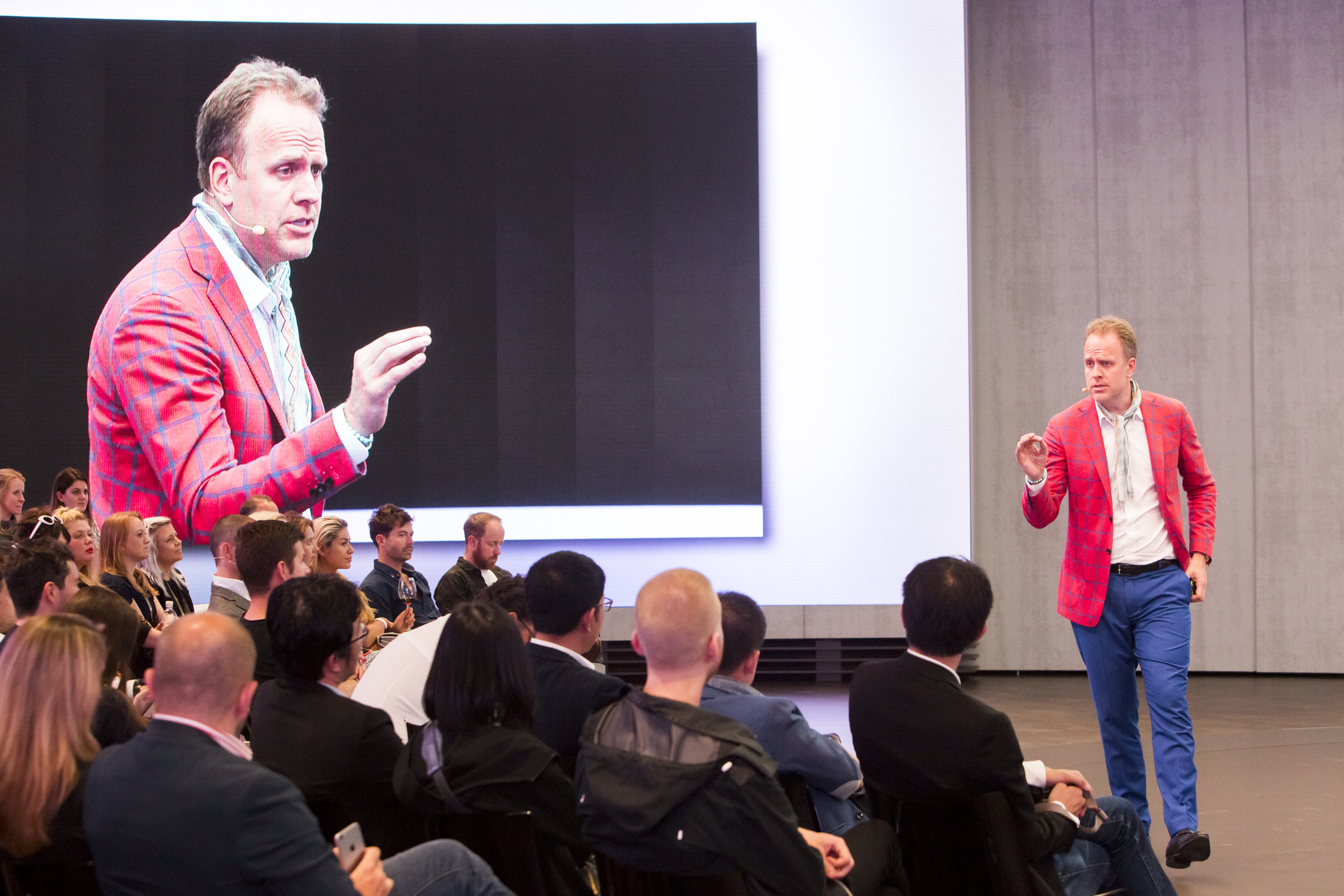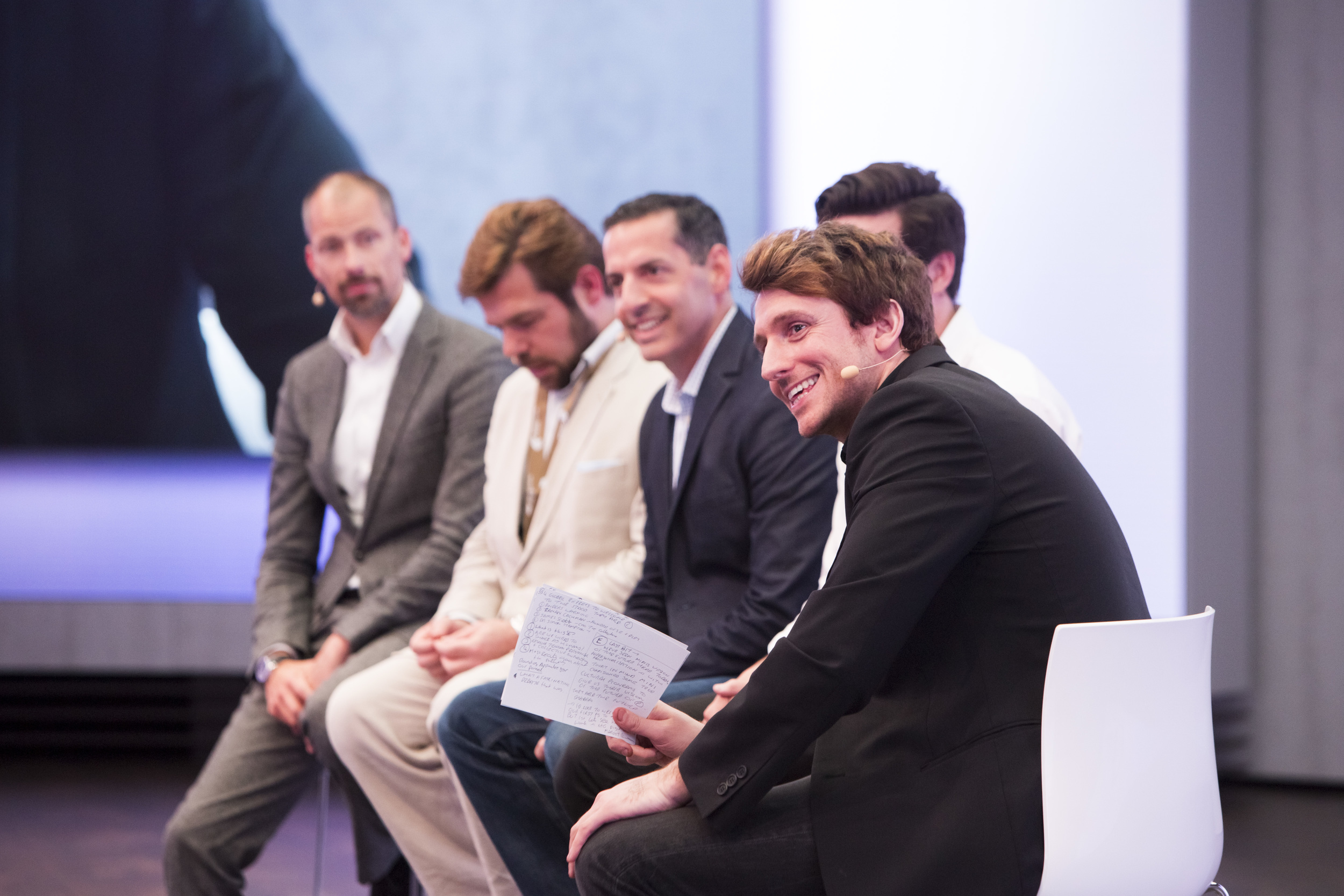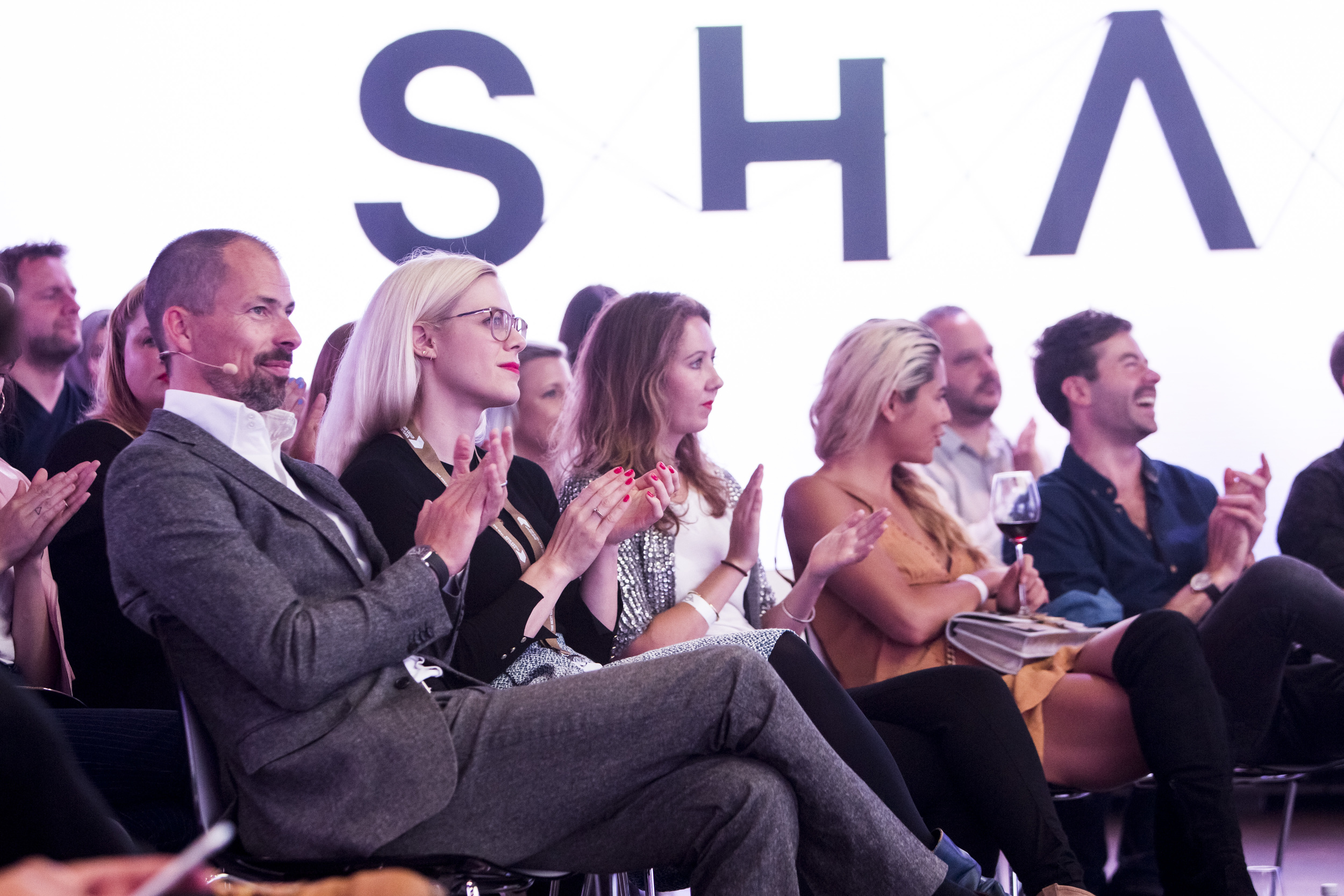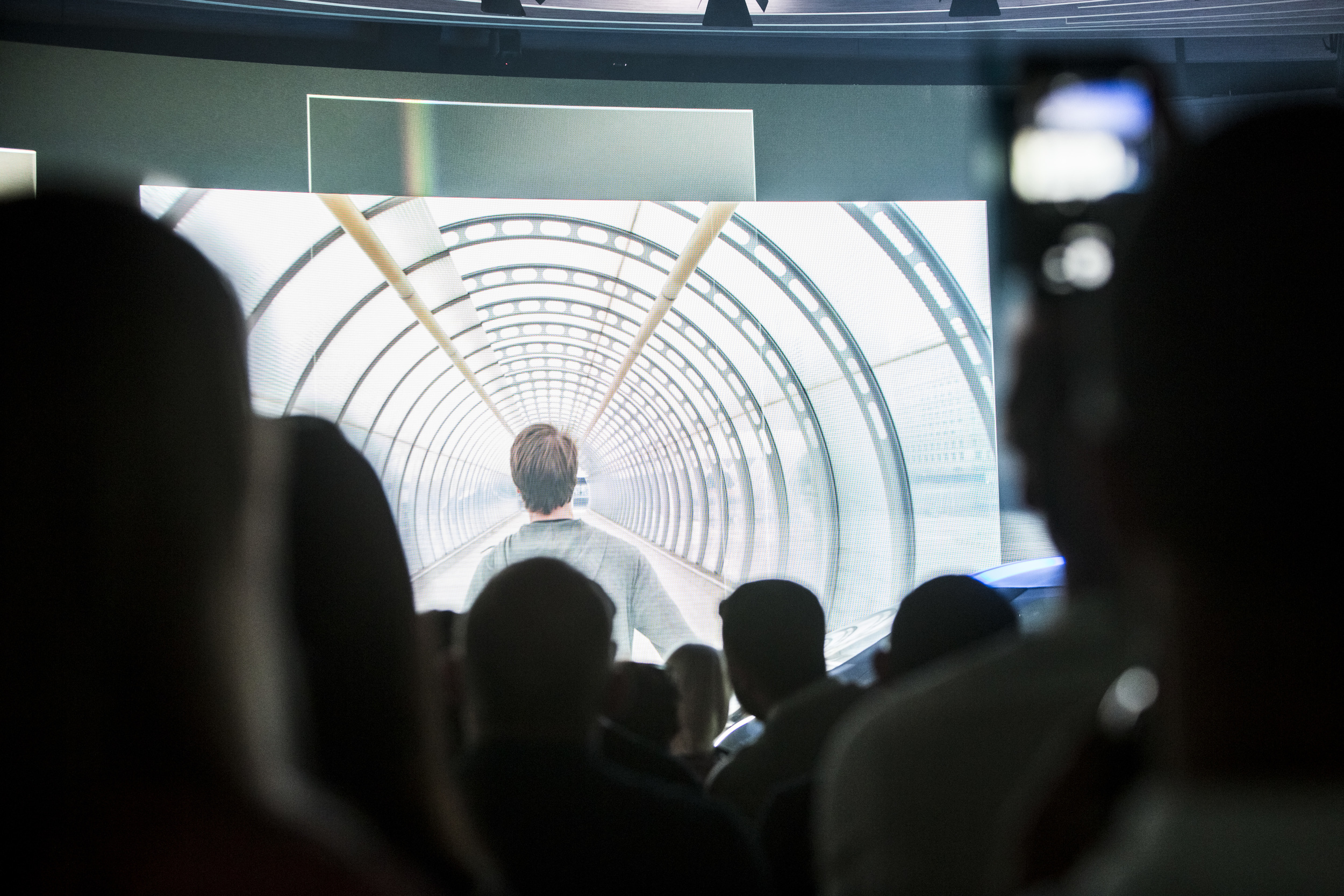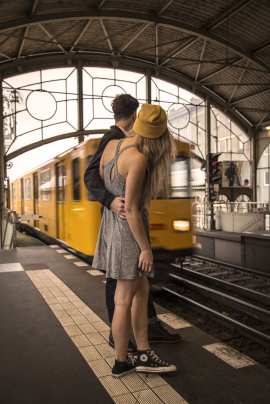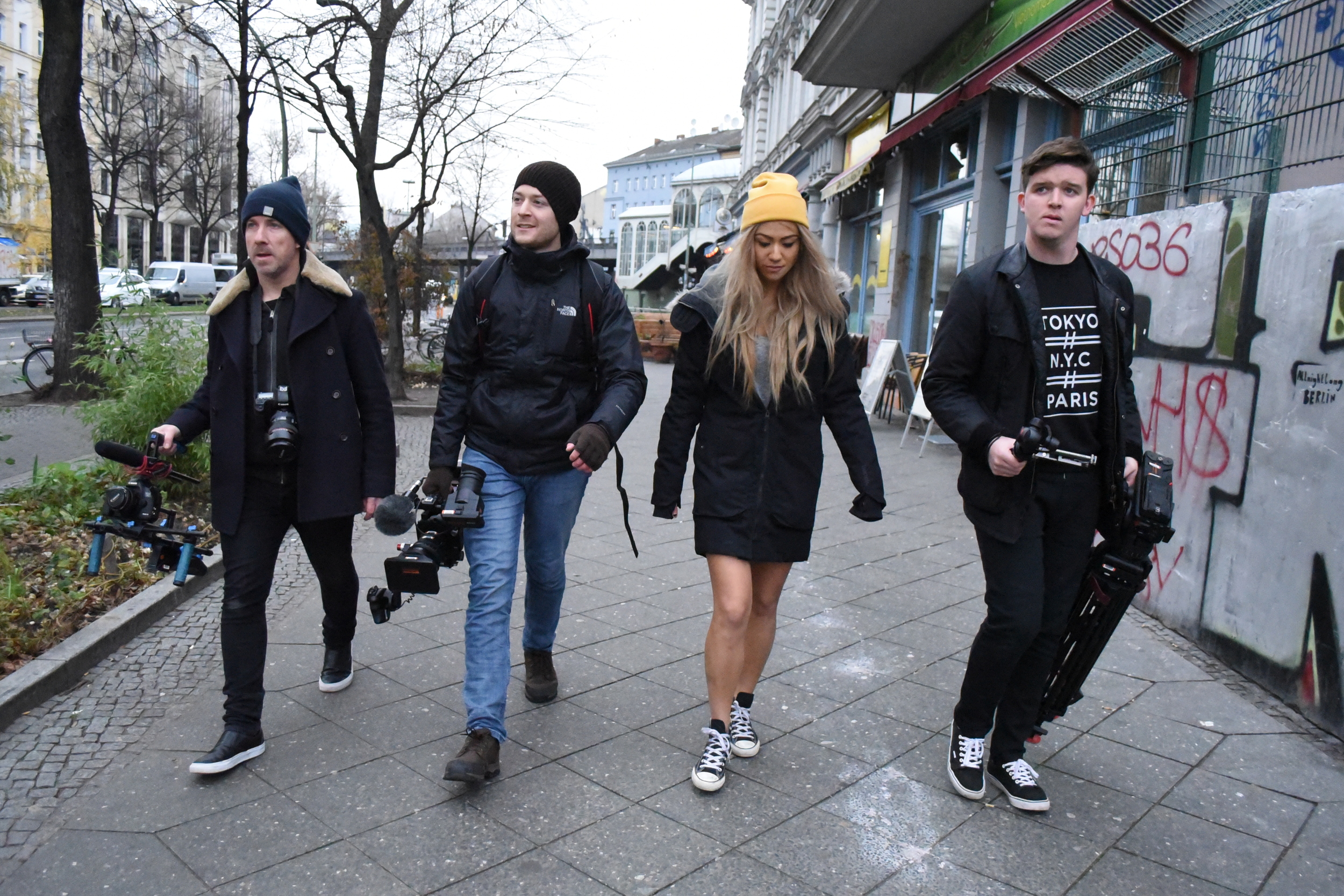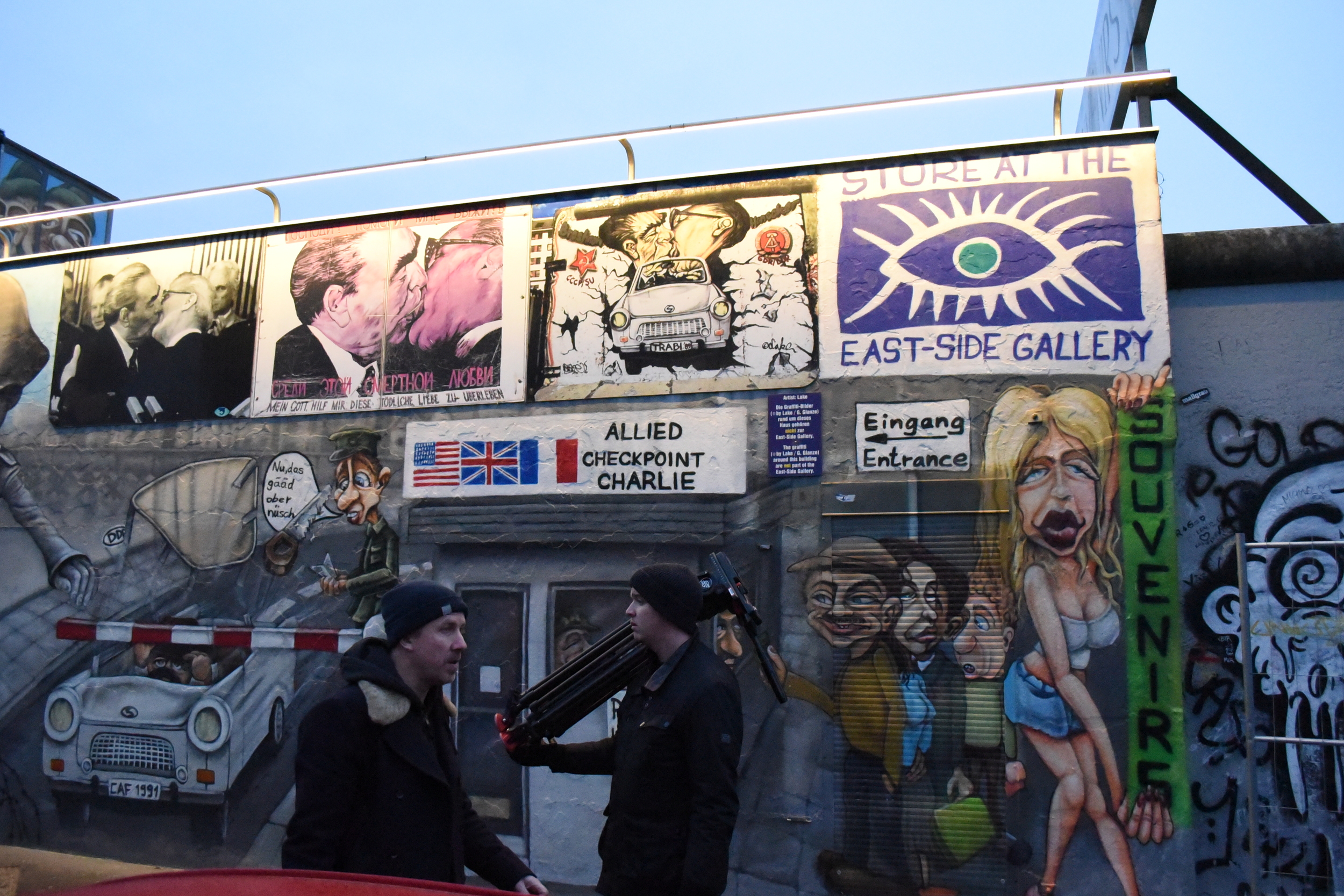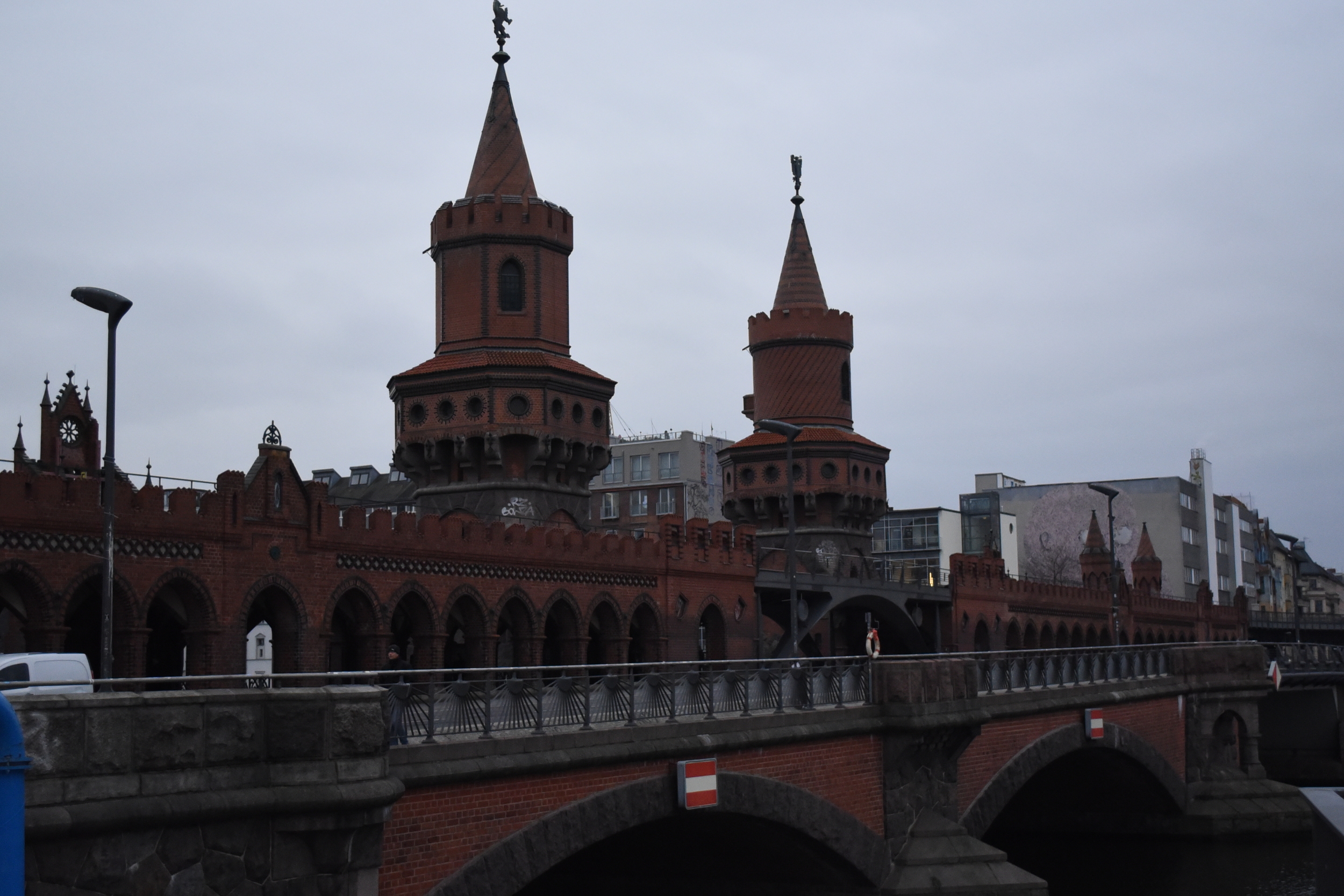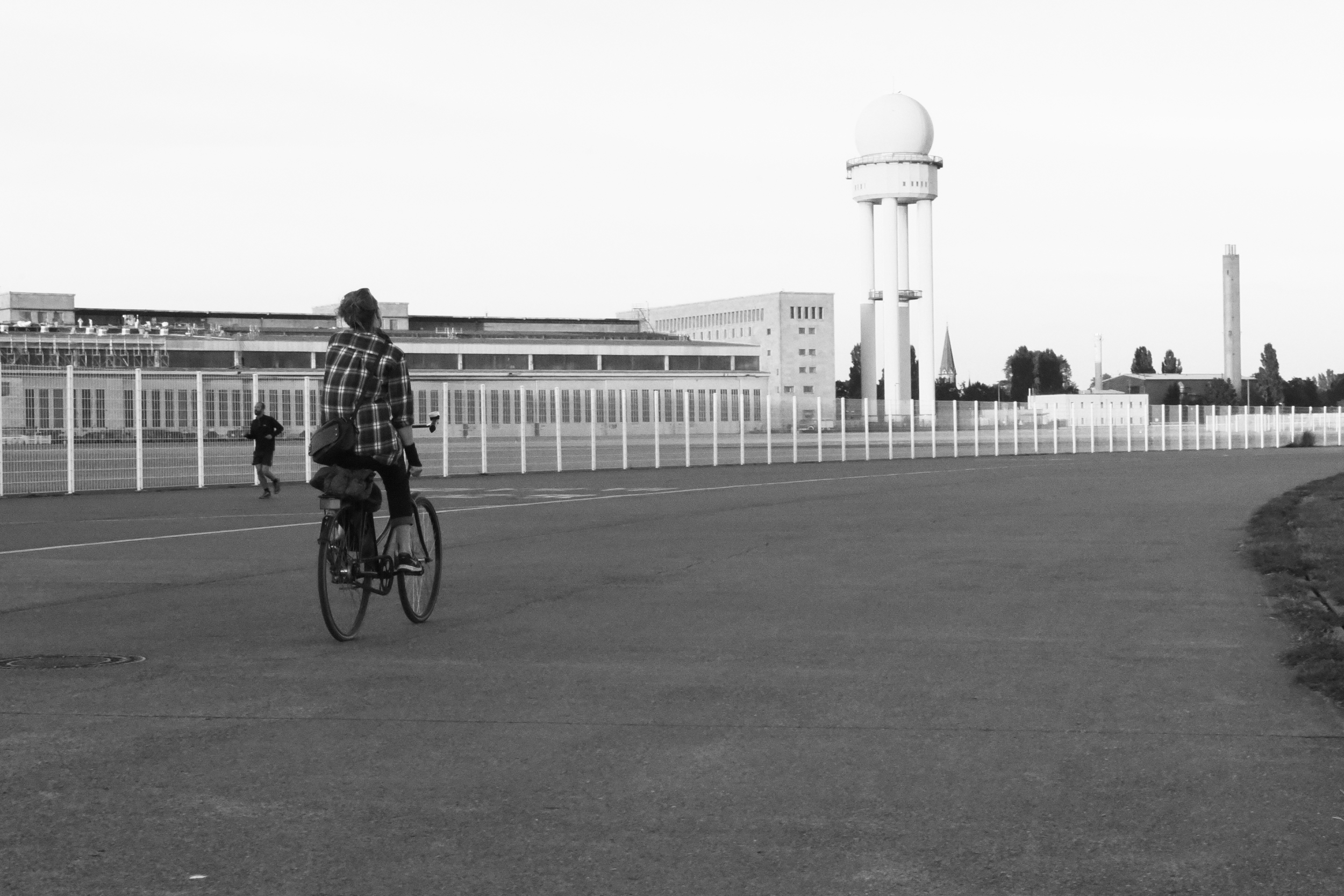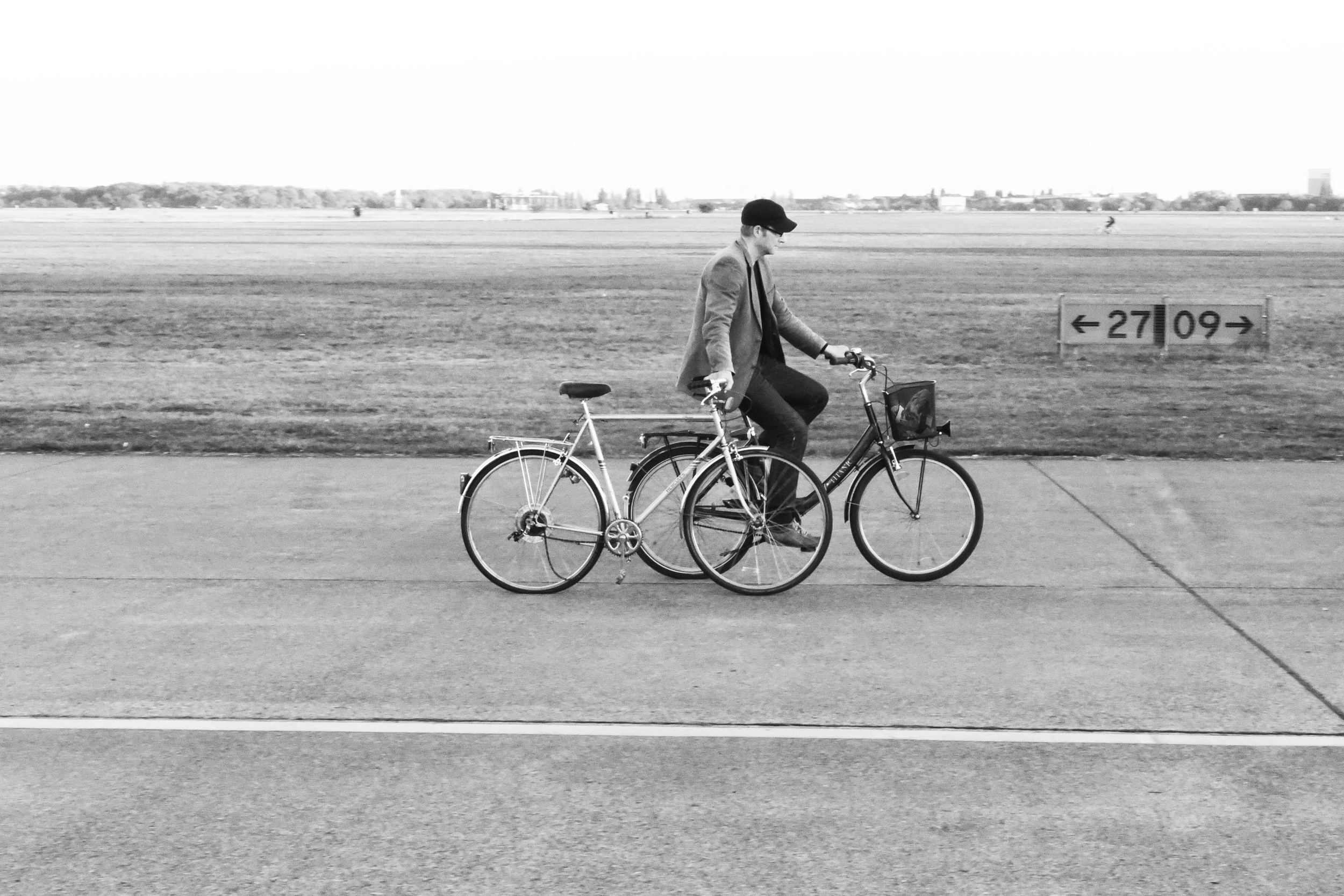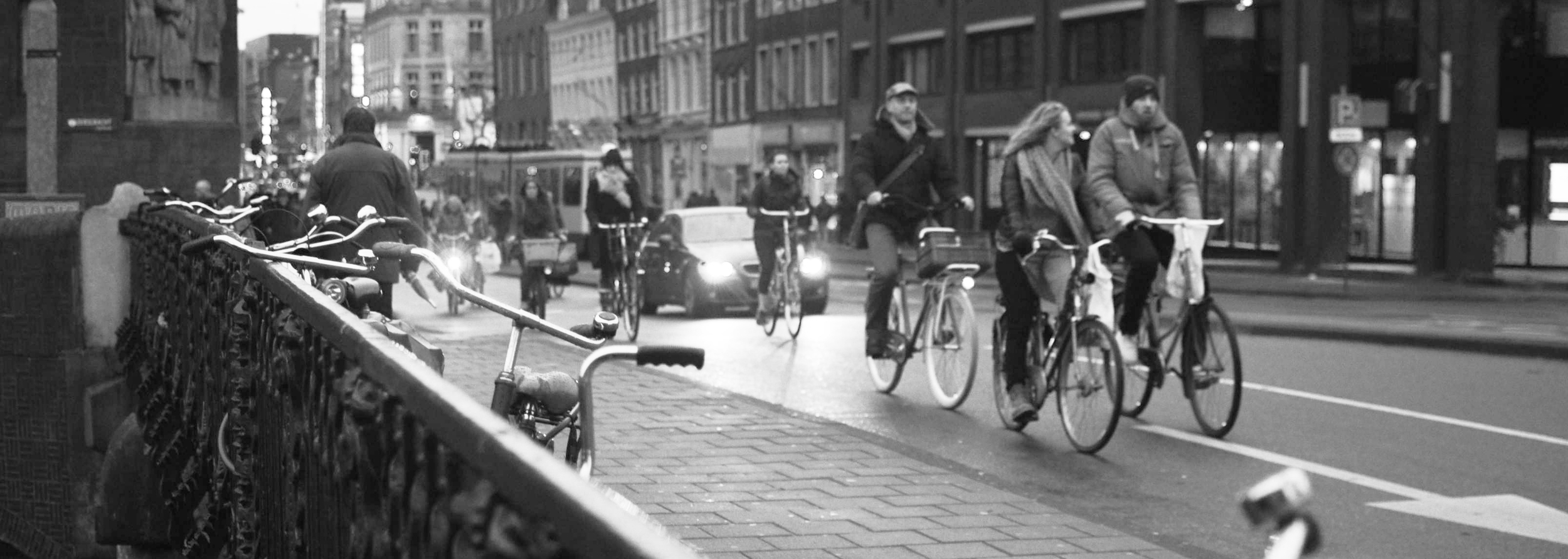I’ve been wanting to visit Toronto, Ontario for years. Not only do I have some awesome friends living there, but with one of the most striking cityscapes in the world, I've been super keen to take a wander through its downtown streets.
Two weeks ago I boarded a Westjet flight from Gatwick and a few hours later as I was touching down at the Toronto Pearson. As I peered out the train window on my way into the city, I was struck by the size of its building's. With over 2,300 high rise towers, it's now the tallest city in North American behind New York.
But it was the CN Tower which stood out in particular. Not only is the building monstrous, but it stretches out of the city cluster with a super cool 1970s, retro swag.
After an initial building boom in the late 19th century, the '60s and '70s saw Toronto undergo its second major urban transformation. As the city refocused itself from manufacturing industries to the services economy, it began tower upwards, rather than just outwards.
Completed in 1976, the CN Tower became a symbol for the rise of Toronto as an innovative, global city and marked a new era in high rise development of the downtown.
Standing at over 550 m, the CN Tower held the record of the world’s tallest freestanding structure until the completion of the Canton Tower in 2009 and Burj Khalifa in 2010. For over 34 years it set the bar for tall buildings across the world.
As my friend Jesse Darling (who also happens to be a Toronto expert) and I ate and drank our way through the city's neighbourhoods, it wasn’t long before I asked if she’d be up for doing something "really, really touristy".
In just a matter of hours, we were on our way to the CN Tower observation deck to check out the city from above.
Looking down at Toronto below I could see the intricacy of the city's neighbourhoods, and the beauty of the natural landscape beyond. As towers flood the horizon and 100 more stand under construction, its clear to see the importance planning tall buildings carefully.
Not only can high-rise towers drastically change the look of a neighbourhood, but they can very quickly change the feel of one too. Characterful neighbourhoods which have evolved over many decades can suddenly take on a whole new vibe - often at stake of its old one.
At the same time however, when located carefully and designed well, tall buildings can add to the beauty and vibrancy of a a city, as well as provide people with needed homes and workspaces. As controversial as it may have been at the time, the CN Tower has - in my opinion - stood the test of time. And if anything else, gives locals a visual landmark and enables millions of visitors like me to admire the beauty of the city beyond.
Make sure you check out the YouTube video and photos below. Of course, if you love or hate the CN Tower, let me know in the comments section... Yew!
Photos, video and text all copyright Tom Oliver Payne. Music courtesy The Postal Service.



























